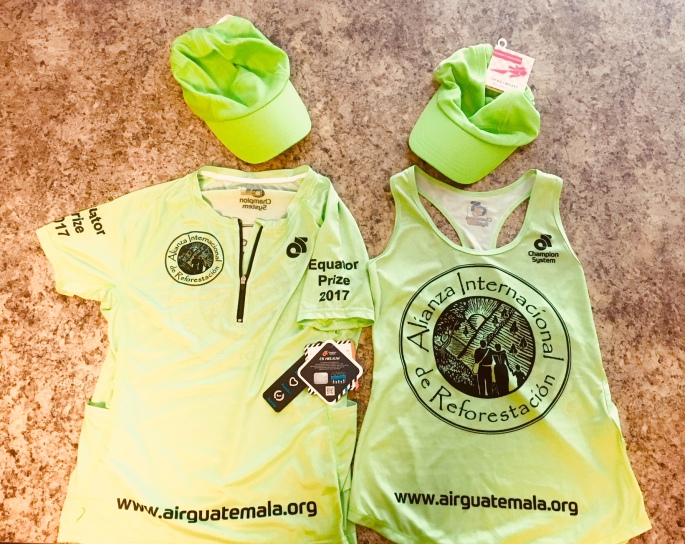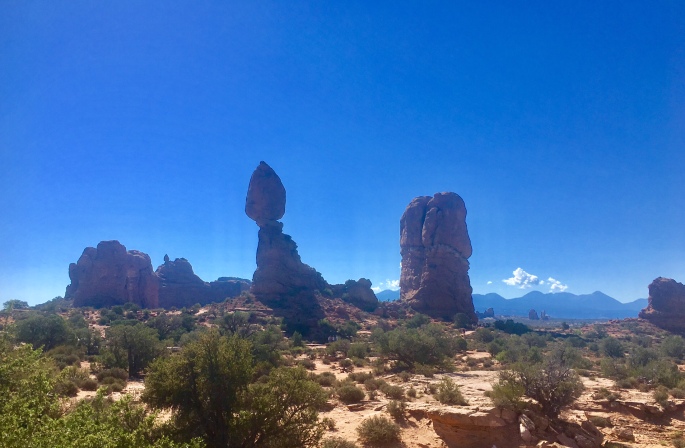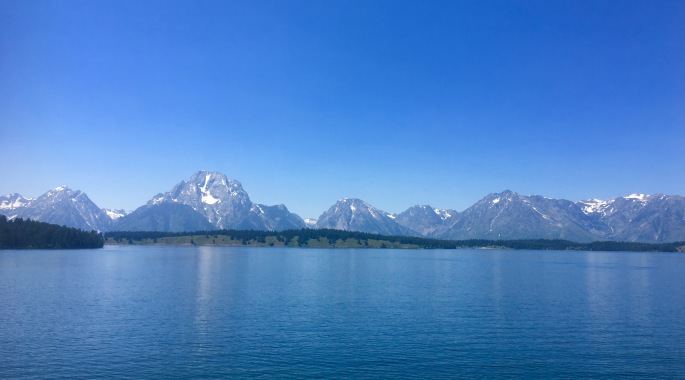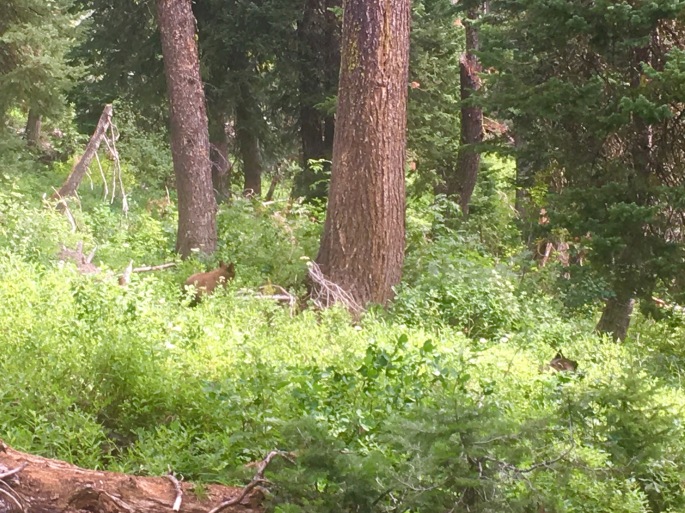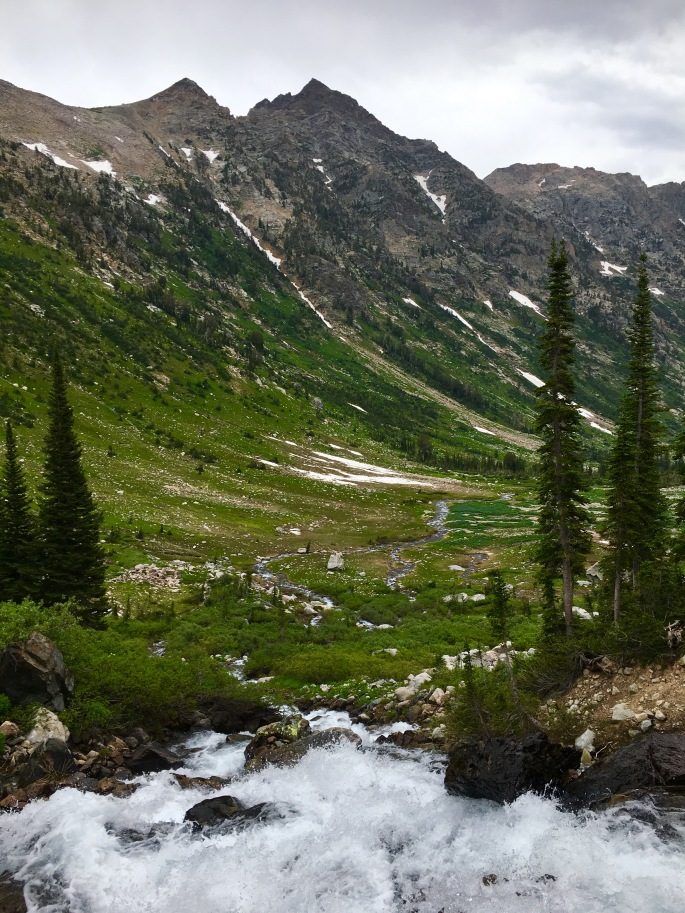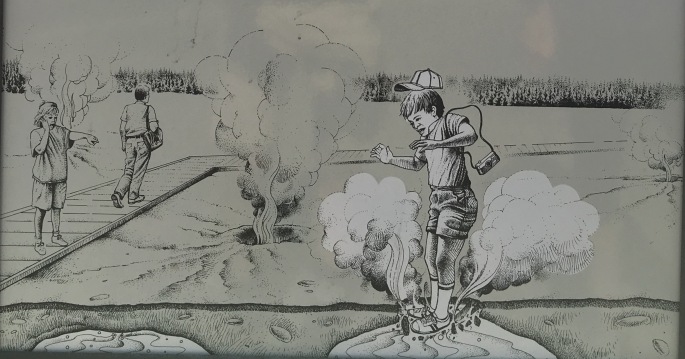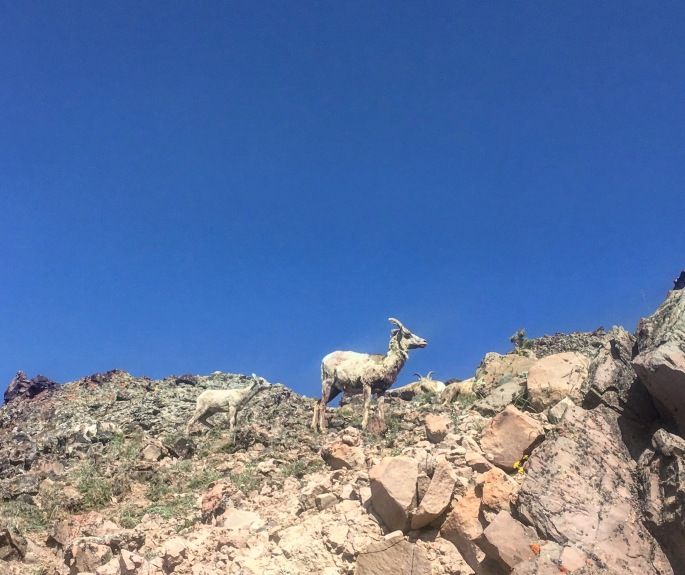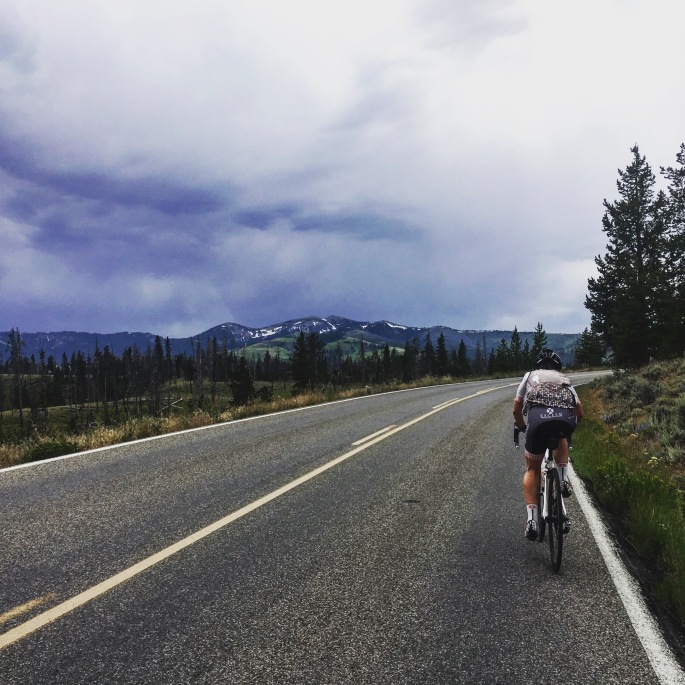I have no idea how March has already come and gone – it’s been a whirlwind 2019 so far with lots of work activity, an upcoming move and massive career shift, and of course, ultra season is in full swing!
All of this is also a long-winded way of saying that I am woefully late in posting my first race report of the season, from the Marin Ultra Challenge 50K, held on March 9 in the gorgeous and iconic Marin Headlands, just north of San Francisco.
The Marin Headlands is part of a larger system of protected land that comprise the Golden Gate National Recreation Area (GGNRA), which was established by Congress in 1972 with the progressive and forward-thinking aim of offering an urban population the opportunity to experience and enjoy diverse protected plant and animal life normally found only in larger national parks. (It is fairly normal, for instance, to see coyotes like the one featured above casually sauntering along the roadways in the headlands, uncaring of the passing traffic or excited pointing and exclamations of visitors. It is, after all, their territory). All-in-all, the headlands is a gorgeous area characterized by rolling foothills and mountains with sweeping vistas of San Francisco, the Bay, and the Pacific. Not surprisingly, its miles of undulating trails are also incredibly popular with trail runners and mountain bikers.
For runners, the trails are as tough as they are beautiful, all steep ups and downs, with virtually no flat sections.
Lining up at the start, thinking about all the steep terrain, I knew this was going to be a tough race.

They counted us down, and blew the horn to send us off.
It started to pour.
Not surprisingly, we started off with a climb – about 2 miles straight uphill. I started off alongside the inspiring rockstar Katie Arnold, a professional ultrarunner and author who won the competitive and tough Leadville 100 miler in Colorado last year.

We stayed together for only a little while before Katie took off – I didn’t see her the rest of the race.
From miles 2 -10-ish, I remember little except a series of up-up-ouch-up followed by steepfastdownhills. Because of the rain and cold, I wasn’t sweating that much, and so I opted to not stop at the first aid station, waiting until the next aid station at Tennessee Valley before grabbing a gel and some sports drink. From there, we got a bit of respite from the climbs as we headed to Muir Beach, before hitting another wall straight up at mile 14. Here, we did a quick out and back, before returning back to Muir Beach around mile 20.
At this point I made the mistake of taking a quick nature break at the aid station.
Apparently at this time 2 women passed me (unbeknownst to me at the time).
I spent less then 2 minutes at the aid station before heading back out – and up! – another steep climb. I was admittedly getting tired by this point – my hands and legs were numb, and I was feeling like I was on the verge of bonking (i.e., running completely out of energy). At this point, Ashley Hall – a badass runner from Reno, NV – caught up with me on the climb. We chatted for a bit, and it was nice to share some miles with a friendly face. Nevertheless, as the climbs continued, I could feel myself starting to fade. I waved her on.

From mile 24 on, it was just a slow grind, with me trying to gut it out as much as possible and maintain my position. There was one last, final climb before the finish that was the steepest of the day and just mean. Remarkably, I caught one woman who had passed me, and I continued on; when I got to the top, I saw that I was gaining on another woman! I let it out on the downhill mile into the finish, trying to make up as much ground as I could. I was closing on her, but simply ran out of room…
I ended up finishing 4th in 5:00:55, less than 20 seconds behind 3rd.
In spite of missing out on the podium, I could not be disappointed with the results: on what has been my hilliest 50K by far, I managed to PR by 20 minutes.
Plus, Roger was there with me, cheering me in, and even took me out to a massive, greasy diner breakfast at a local dive afterwards.
That was a total win, in my books.
On to the next!


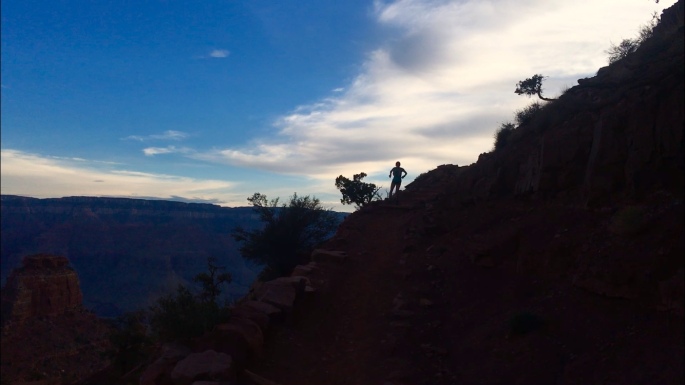


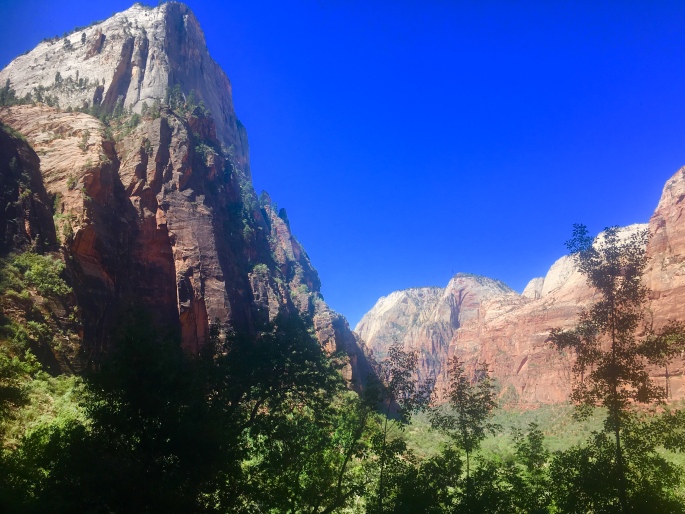 From the park occupying the uppermost step – Bryce – the Grand Staircase descends to the region where
From the park occupying the uppermost step – Bryce – the Grand Staircase descends to the region where 
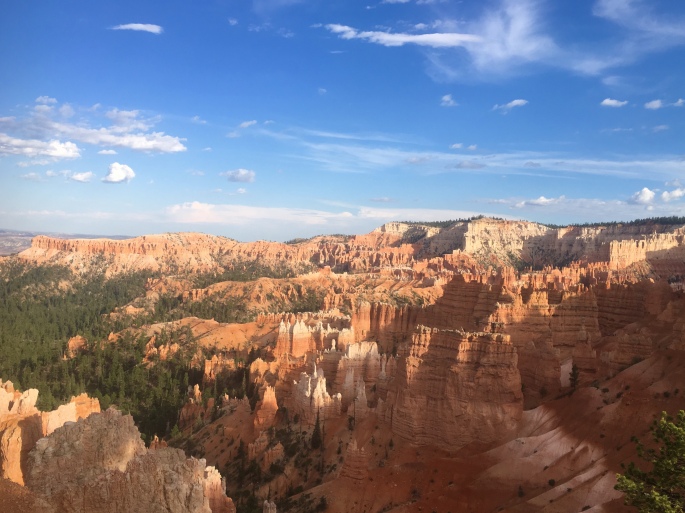 The AIR Adventures team is on the road again this summer, for our annual tour of national and state parks! This time, the theme is canyons, as we’ll be visiting the corners of Utah and Arizona where some of our country’s most popular canyon parks, including Bryce, Zion, and of course, the Big Ditch (aka Grand Canyon). Taken together, these three parks make up part of the Grand Staircase – a vast region made up of different plateaus canvassing millions of acres across Colorado, Utah, and Arizona.
The AIR Adventures team is on the road again this summer, for our annual tour of national and state parks! This time, the theme is canyons, as we’ll be visiting the corners of Utah and Arizona where some of our country’s most popular canyon parks, including Bryce, Zion, and of course, the Big Ditch (aka Grand Canyon). Taken together, these three parks make up part of the Grand Staircase – a vast region made up of different plateaus canvassing millions of acres across Colorado, Utah, and Arizona.
